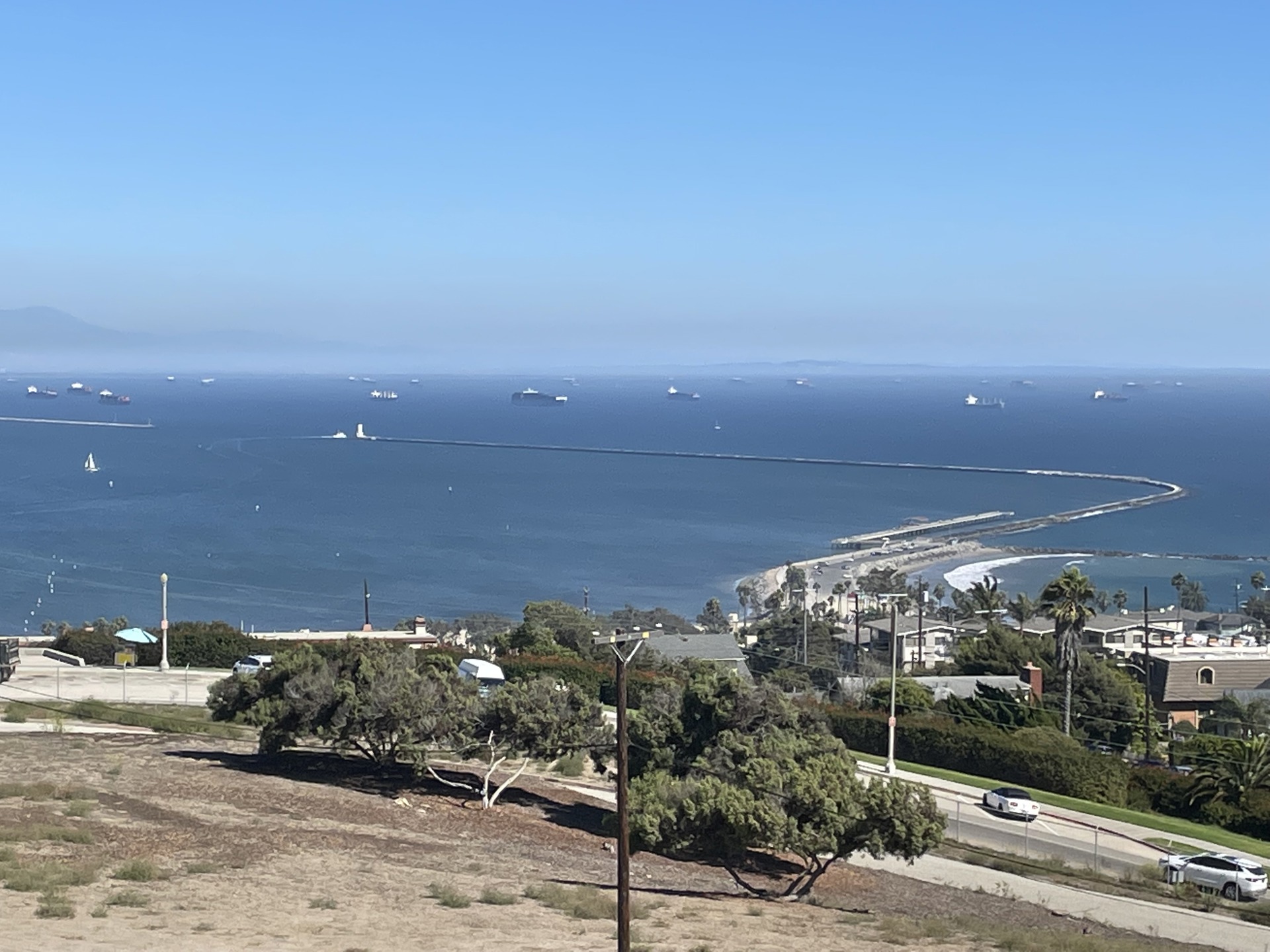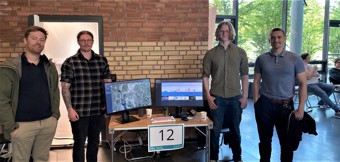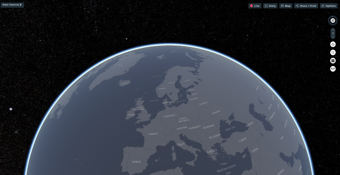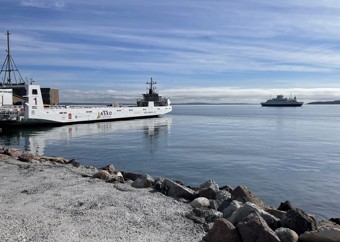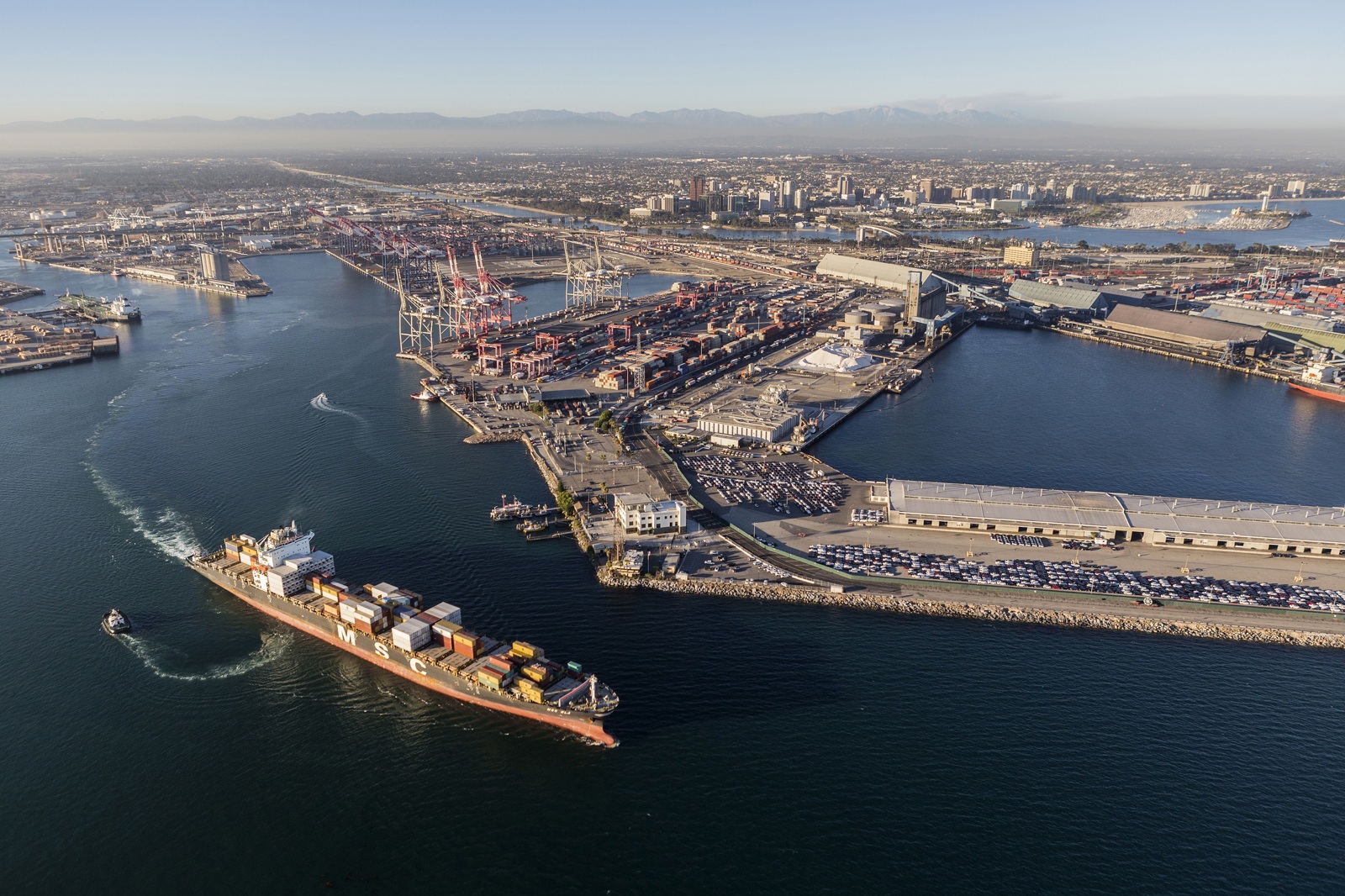
Revolutionizing Labor Management at LA and Long Beach Ports: A Look at the new JIT Queuing System
The COVID-19 Pandemic, spanning from October 2020 to November 2022, led to a staggering backlog of 86 container ships waiting outside the Ports of Los Angeles and Long Beach in November 2021.
-
Text:Zhuo Ann F. Rye, Marketing Coordinator, Kongsberg Norcontrol
Photo:Kongsberg Norcontrol
This backlog resulted from a surge in imported cargo, reduced labor availability, and an outdated 100-year-old system for container ship queuing. The influx of cargo was driven by Americans staying at home and shopping online instead of spending on travel, dining, and entertainment. This included items like home gym equipment, office supplies, and home renovation materials. Simultaneously, a diminished workforce due to COVID-related absences and contact tracing compounded the labor shortage.
The traditional method of queuing ships for labor, based on their arrival at the port, forced vessels to race across the Pacific to secure their spot, only to idle off the ports for months, causing safety and air quality issues. With the record number of ships, something had to change to improve the situation.
The Covid-19 pandemic gave birth to and accelerated a range of structural changes within the maritime sector. With limited human resources available, organizations had to think outside the box to enact new solutions quickly, often turning to digital behavior and new technology. This shift has not only helped businesses remain operational during the pandemic but has also enhanced productivity and efficiency.
The main responsibility for Vessel Traffic Services (VTS) and coordinated vessel schedules in the Ports of LA/LB area is held by The Marine Exchange of Southern California (MX SoCal), a long-time customer and partner of Kongsberg Norcontrol. When the pandemic hit the US, the Ports of LA/LB experienced a shortage in labor. The vaccine was not yet available, and employees had to work remotely or stay home sick. This caused a huge backup of ships anchoring outside the ports, with not enough workers to work the docks, drive the trucks or operate the trains to move the cargo, or work in the warehouses to store the cargo. The situation worsened early in the pandemic due to people ordering more online and increasing the amount of cargo set to go through the ports.

VTS operator working on KNC's situational awareness system
Record number of ship backlog
In the old system, ships started queuing for labor when they passed the port 20-mile line. This meant that they would speed to reach the ports as fast as possible, burning a lot of fuel in the process, to then sit and wait in the area around the ports for their turn to receive help at the docks.
An average of 17 ships would typically be anchored outside the port area before the pandemic. In November 2021, the number had increased to a record of 114 total ships of all types at anchor and loitering, of which 86 were container ships. This quickly became a problem, creating unsafe working conditions, and air pollution. As many as 55 ships were anchored and 62 drifting back and forth, most of which had crewmembers speaking foreign languages, not able to communicate with well with each other and waiting for sometimes weeks or months.
Creating a new consortium to find a solution
MX SoCal was invited to be part of a working group of container ship and terminal partners led by the Pacific Merchant Shipping Association and the Pacific Maritime Association to come up with a solution to the problem. MX SoCal partnered with the Marine Exchange of Alaska, forming a new company called Pacific Maritime Management Services (PacMMS) to run a new system for queuing for labor. It was decided that ships would be tracked and traced from last port of call, with communication happening via satellite phone and email. A new Safety and Air Quality Area (SAQA) was created along the coast of California and Mexico where ships could not enter until they were due for their time slot.
Before the new system, ships would use and average of two weeks to cross the Pacific. With the new queuing system, they would get a set queuing time and pace themselves to reach destination, often spending a month or more. By slowing their speed, ships used considerably less fuel, saved costs, and decreased environmental pollution. The air quality in the new Safety and Air Quality Area also improved.
PacMMS runs a web register for ships to log their departure from and uses this information to calculate a time of arrival to the ports of LA/LB. PacMMS didn’t solve the entire backup, but it significantly improved air quality and increased safety off the ports of Los Angeles and Long Beach because it allowed the backed-up ships to spread themselves out to the safety of the entire Pacific Ocean rather than crowding into the confined waters off the Ports of Los Angeles and Long Beach. For example, 9 January 2022 was the peak of the backup, with 109 container ships backed up, but on this day, only 12 waited off the Ports of Los Angeles and Long Beach because they were within 3 days of their berthing time. The other 97 backed up container ships waited outside the Safety and Air Quality Area.

The VTS center
Surveillance and management system from Kongsberg Norcontrol
“We were able to handle the situation due to having a management information and VTS solution from Kongsberg Norcontrol. Norcontrol provided my vessel traffic service watch standers with the information they needed to handle these record numbers of ships such as overlays and range between ships, along with accurate smart decision support tools,” said Captain J. Kipling Louttit, Executive Director of MX SoCal.
MX SoCal is currently using a highly efficient surveillance and communication system from Kongsberg Norcontrol, ensuring a common operating picture among the stakeholders. It retrieves and merges data from eight radar stations and ten AIS sites into a single image of all of southern California. It also has several advanced features for crisis management and decision support.
Captain Louttit added “The Norcontrol solution has enabled us to safely manage changing and challenging conditions for almost 30 years. The system is working very well, with an intuitive user interface and helpful functions. It gives us just the right information and helps us avoid dangerous situations. We also share the same concern for cyber security, where they make sure information is managed as securely as possible. Lastly, we cannot emphasize enough how much we value their amazing customer support team. Technicians are always available to contact and can remote in. We have a close relationship where they visit regularly, ensuring a great partnership for the future.”
The Marine Exchange of Southern California is a good example of an organization doing their absolute best to maintain safety and promote sustainability. They continue to innovate, coming up with better solutions and using new technology to improve operations. In addition, their new just-in-time arrival solution aligns well with our efforts in Kongsberg Norcontrol to develop Digital Maritime Services, such as optimized port calls, manage vessel traffic and automate ship to shore reporting. This means we are one step ahead in digitalizing and modernizing the maritime industry for the future, concludes Björn Coster, Market Manager at Kongsberg Norcontrol.
SEPTEMBER 2023 UPDATE:
The backup of container ships off Los Angeles and Long Beach ended November 2022 when ample labor became available to work the cargo aboard all arriving container ships, but the new queuing system for labor, operated by PacMMS, remains in place as an insurance policy in case there is another backup in the future for any reason. The system also gives solid information about the number of container ships enroute as much as two or more weeks in advance rather than the former four days, which increases efficiency.
Success!
